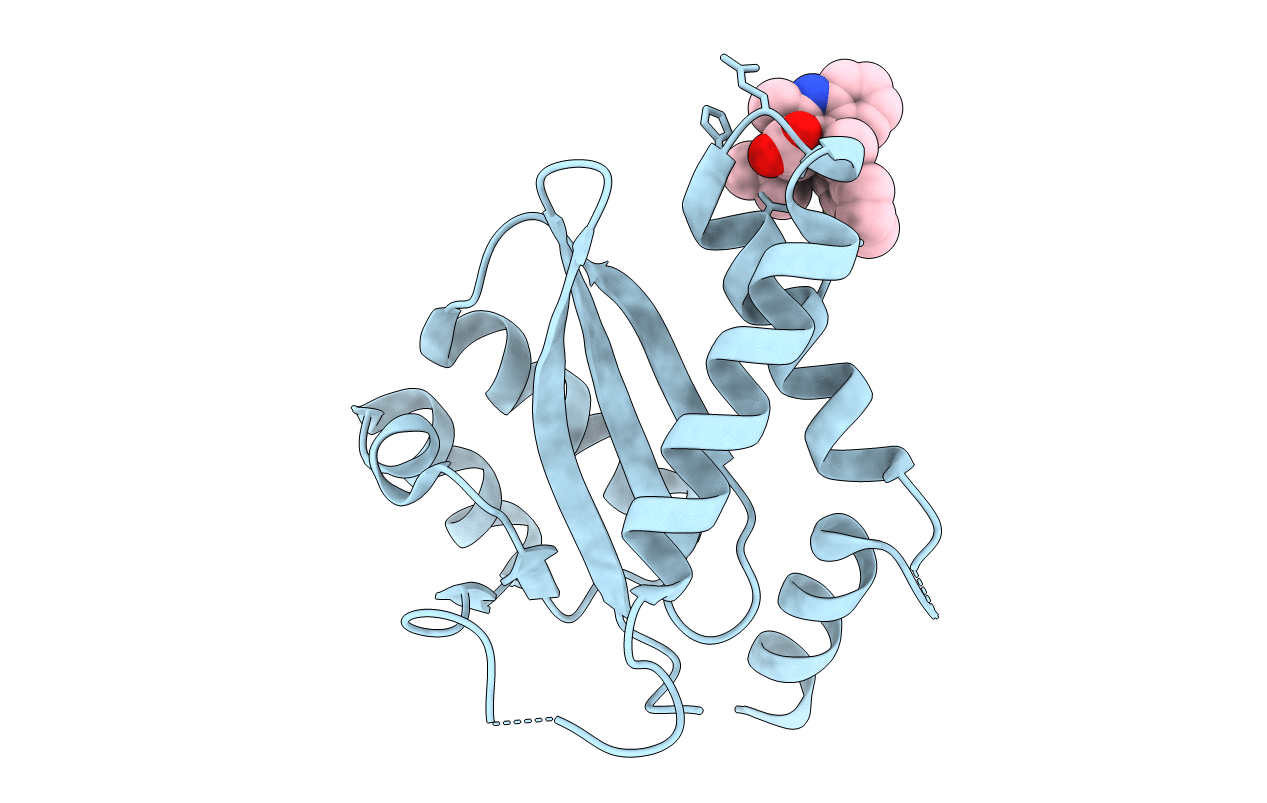
Deposition Date
2012-03-06
Release Date
2012-04-25
Last Version Date
2024-10-30
Entry Detail
PDB ID:
4E1N
Keywords:
Title:
Crystal Structure of HIV-1 Integrase with a non-catayltic site inhibitor
Biological Source:
Source Organism:
Human immunodeficiency virus type 1 (Taxon ID: 11698)
Host Organism:
Method Details:
Experimental Method:
Resolution:
2.00 Å
R-Value Free:
0.26
R-Value Work:
0.24
R-Value Observed:
0.24
Space Group:
P 31 2 1


